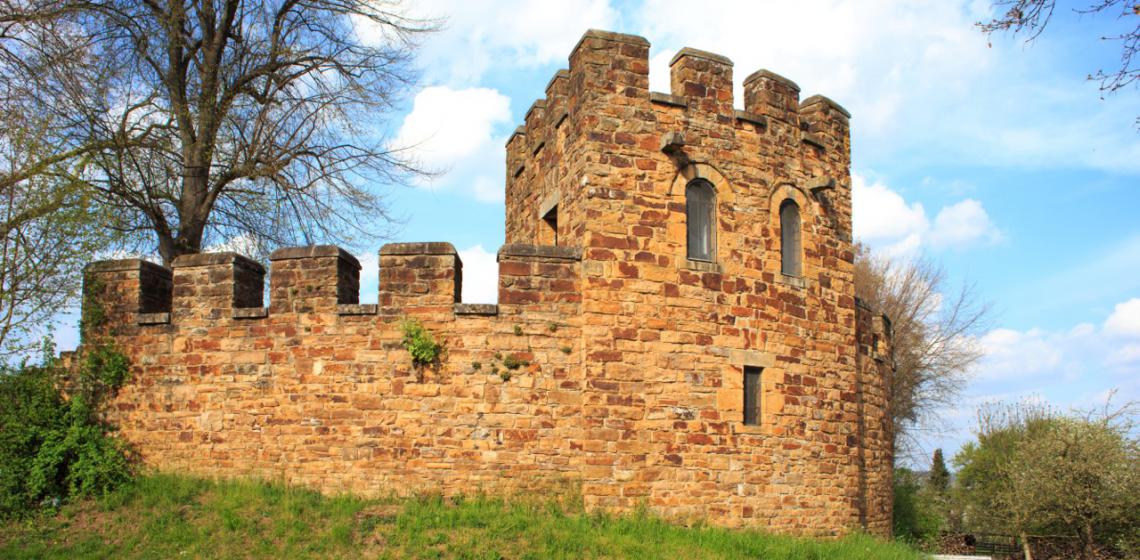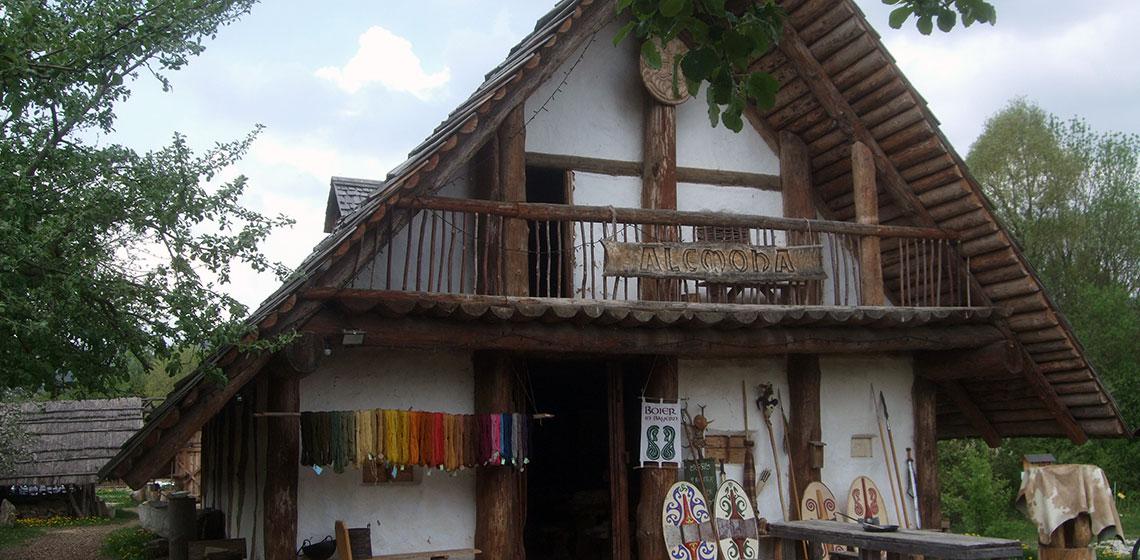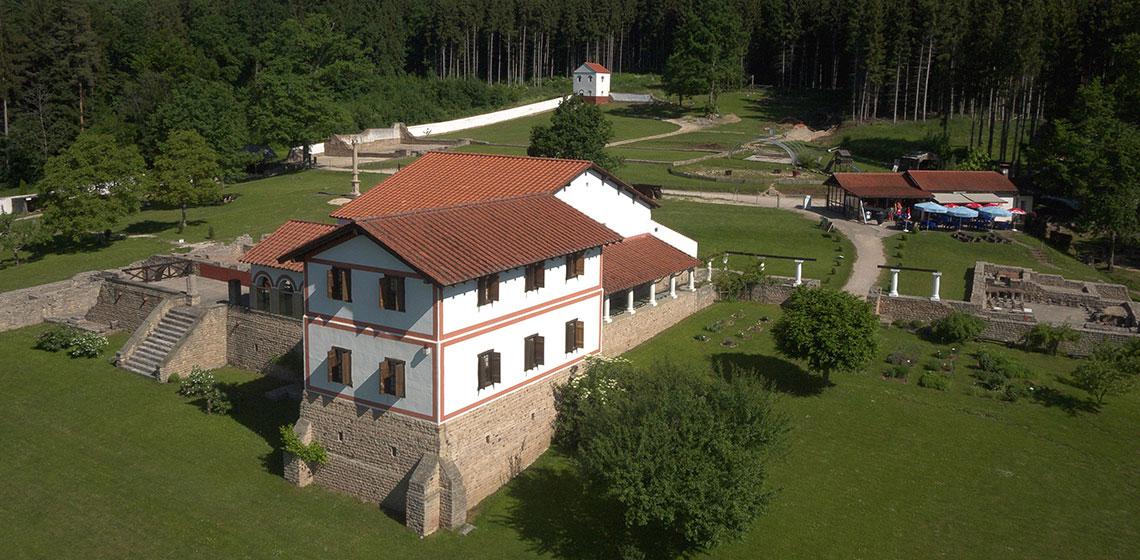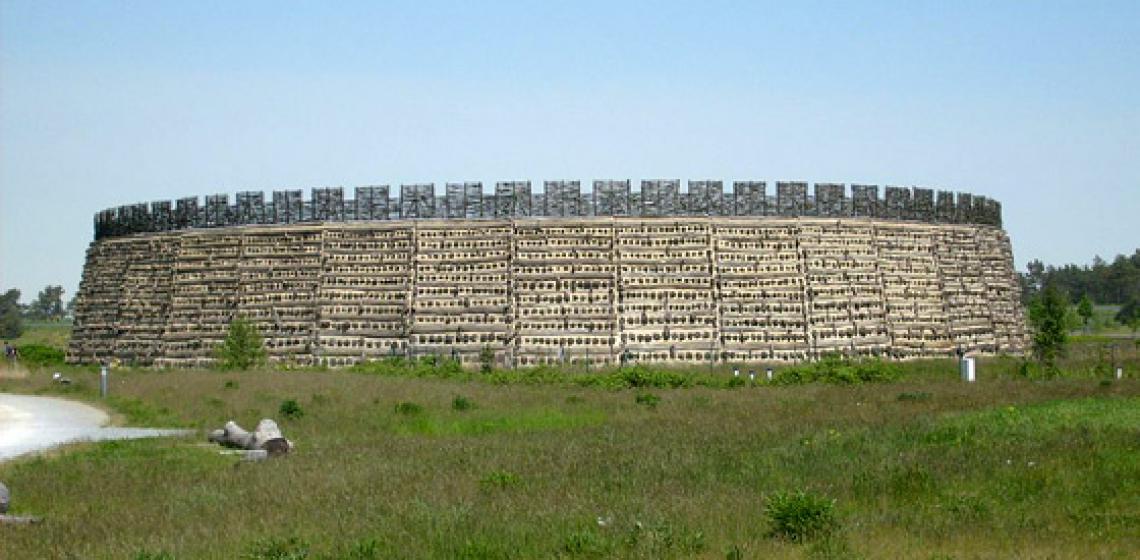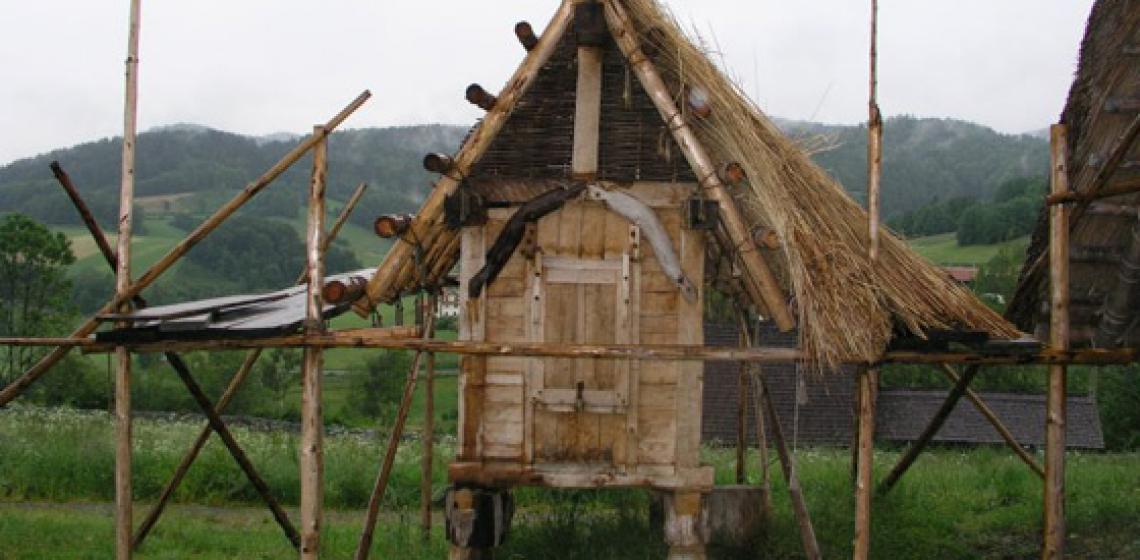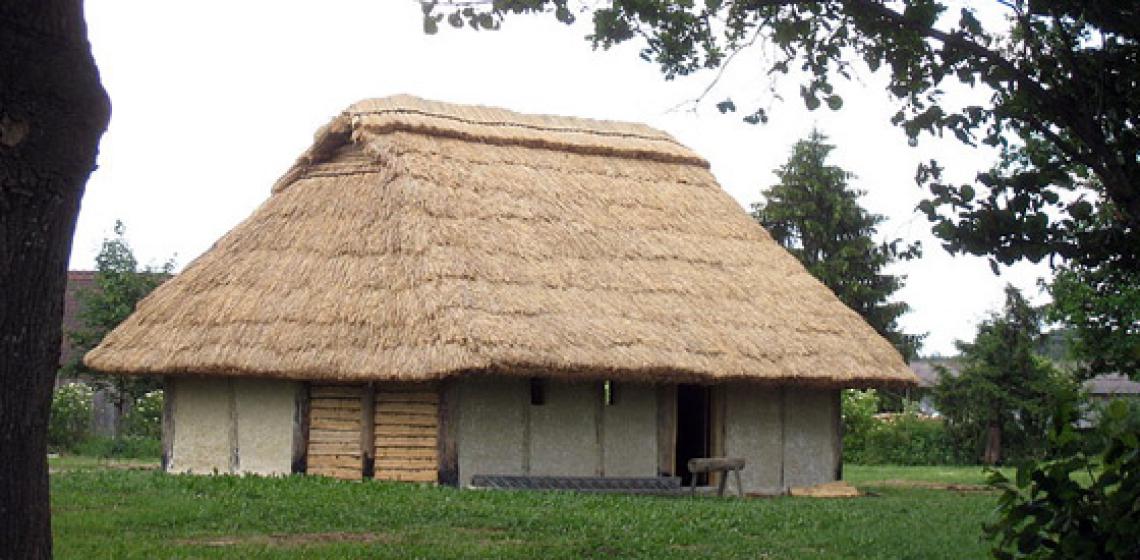Römerpark Köngen (DE)
The village Köngen is situated at an old route, already used in the Iron Age and leading from Speyer to Augsburg. More clear than any other, Romans have left their mark at Köngen, with a small military camp (a castellum) known by the name Grinario.
The village Köngen is situated at an old route, already used in the Iron Age and leading from Speyer to Augsburg. More clear than any other, Romans have left their mark at Köngen, with a small military camp (a castellum) known by the name Grinario...

